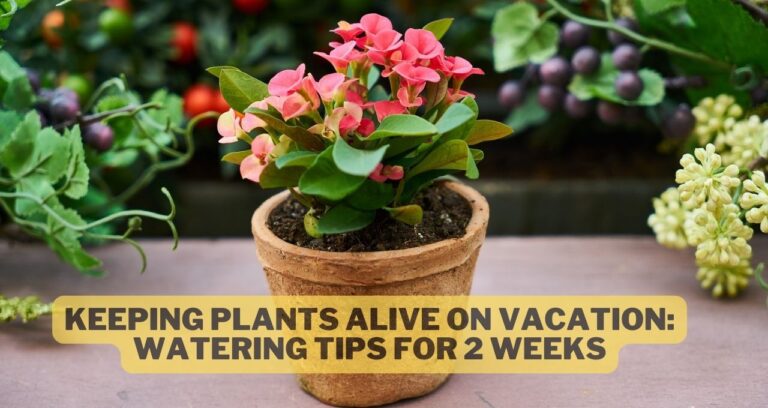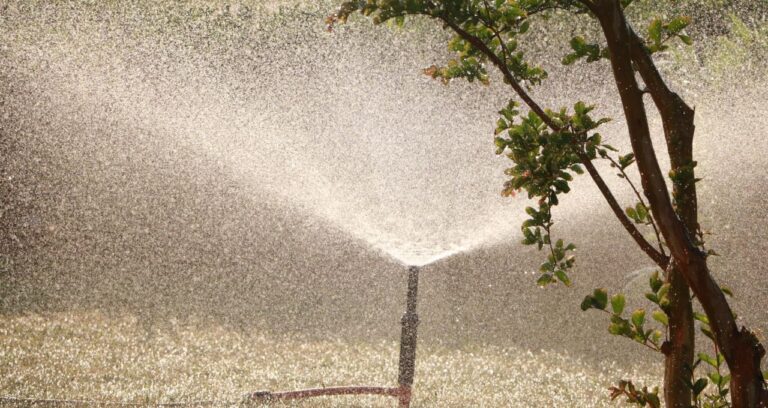Solve the Mystery: Why Is My Corn Plant Turning Yellow?
As a corn grower, you know a healthy crop is crucial for a successful harvest. But sometimes it turns yellow, and I wondered why is my corn plant turning yellow.
That can be worrying and leave you thinking about what happened. In this blog post, we’ll explore why corn plants may turn yellow and how to identify the underlying causes.
Why Is My Corn Plant Turning Yellow
If you notice your corn plants turning yellow. It’s important to investigate the underlying causes. There are a few possible reasons why the leaves on your corn plant are turning yellow.
Overwatering and Under-watering
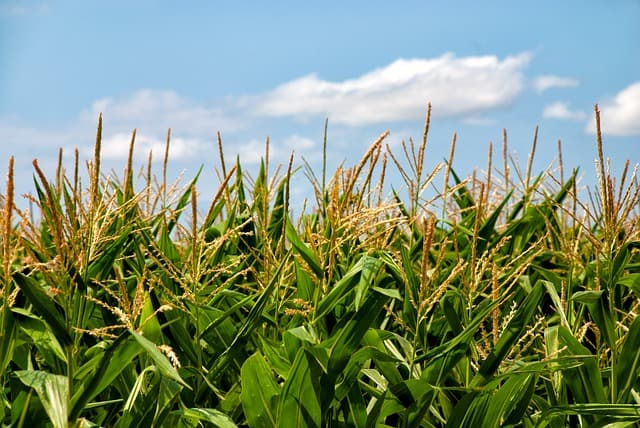
Overwatering and under-watering can impact the health of corn plants. Overwatering can lead to the formation of root rot. It leads to the yellowing of the plant’s leaves. Moreover, poor watering leads to drought stress, which can cause the leaves to become yellow. This can be prevented by watering regularly.
Solutions:- To tackle the problem of excessive watering, it is important to ensure that the soil is given sufficient time to dry out before each watering. Avoid saturating the soil and instead aim for a moderate level of moisture. Also, improve the drainage system.
If under-watering, ensure your corn plant receives proper hydration. Check the soil and water when the top inch feels dry.
Nutrient Deficiency
One common reason corn plants turn yellow is the lack of nutrient deficiencies. Their lack of Nitrogen mostly causes the lower leaves of corn plants to turn yellow, starting at the base. Excessive nitrogen can also cause leaf tip discoloration and stunted growth. Nitrogen plays a crucial role as a necessary nutrient for the growth of plants and is essential for chlorophyll production.
The corn plants struggle to produce enough chlorophyll without enough nitrogen. So their leaves turn yellow. Also, magnesium, zinc, and potassium can lead to yellowing leaves.
Solutions: To address nitrogen deficiency, you can apply fertilizers high in nitrogen content. Mixing organic matter or compost into the soil improves plant nutrient availability. Conducting regular soil tests and providing appropriate fertilization can help address this issue.
Soil pH Imbalance:
Poor soil conditions can also contribute to the yellowing of corn plants. Imbalanced soil acidity or alkalinity affects nutrient uptake. Also, compact or poorly drained soil hinders root growth and causes yellowing. An imbalance in soil pH can also contribute to the yellowing of corn plants. Corn thrives in acidic soil between 6.0 and 7.0.
Solutions: To address poor soil conditions and improve soil structure and fertility. Test the pH levels of the soil and adjust them using appropriate amendments. If the pH is high (alkaline), adding sulfur or acidic fertilizers can help lower it. Conversely, if the pH is too low (acidic), adding lime or limestone can help raise it.
Disease or Pest Infestation:
Disease or pest infestation can also cause yellowing in corn plants. Common diseases like fusarium wilt, gray leaf spot, and northern corn leaf blight can lead to yellowing and wilting of leaves. Aphids, spider mites, and corn borers are some pests that can make it hard for plants to absorb nutrients, leading to yellowing.
Solutions: Identifying the specific disease or pest causing the issue is essential. Consult a local agricultural extension service or an expert to diagnose and treat the problem. Depending on the situation, treatment may involve applying appropriate fungicides or insecticides.
Aslo Read : – Golden Mop Cypress Pruning Made Easy: Expert Tips
Environmental Stress:
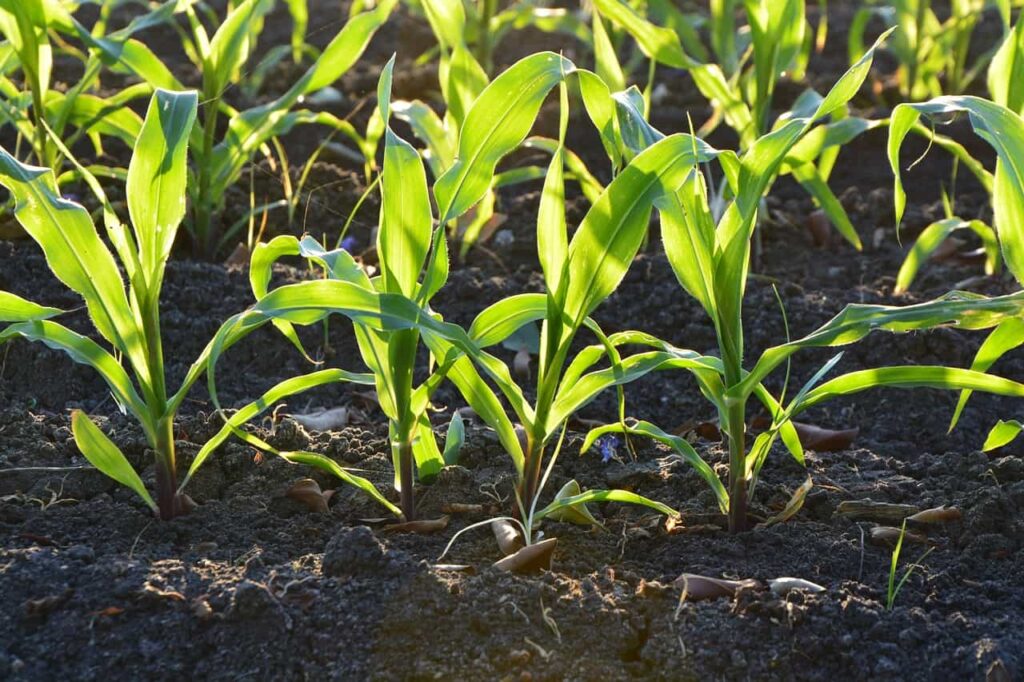
Environmental stress can also result in the yellow of corn plant leaves. Factors include extreme temperatures, low humidity, drought, excessive moisture, and poor sunlight. All of these factors affect the health of the plants and result in leaves turning yellow.
Solutions:- To reduce environmental stress and safeguard plants from harsh weather conditions. Also, provide shade during heat waves and cover them during frost. Watch soil moisture levels and adjust irrigation to maintain optimal growth conditions.
Varietal Traits:
Some corn varieties are more susceptible to yellowing than others. Suppose you’ve ruled out environmental stress and soil pH imbalance. But still, your corn plant is turning yellow. In that case, your plant variety may be predisposed to this issue.
Solutions:- Consider selecting a different variety known for its resistance to yellowing. Consult a local agricultural expert for suitable varieties for your location and climate.
Crop Rotation:
Crop rotation is essential to maintain your garden’s health. Continuous planting of corn in the same area can result in the exhaustion of vital nutrients in the soil. One factor contributing to the yellowing of plants and their stunted growth is this.
Solutions:- One way to maintain the fertility of your garden soil and avoid plants turning yellow is by practicing crop rotation, which involves growing different crops in succession instead of planting corn yearly.
Also Read :- Best Soil for Rubber Plants: Top Choices
Advanced Age
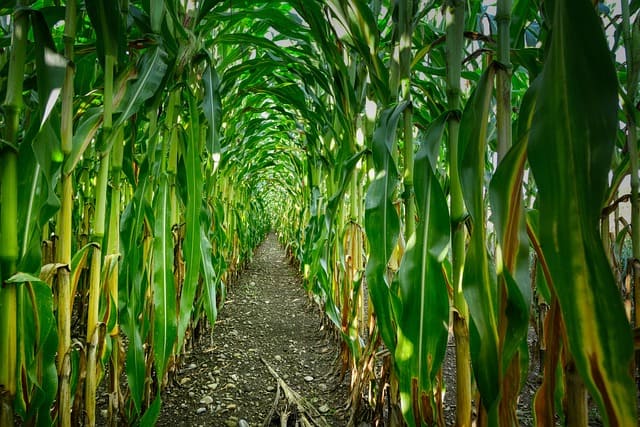
As corn plants age, yellow leaves can occur. This is a natural process where older leaves start to yellow and die off as the plant matures. To manage yellowing due to advanced age, regular pruning is essential. You can encourage the growth of new leaves that are in better health if you remove the older ones first.
Solutions:- Proper watering, fertilizing, and adequate sunlight help the plant in suitable condition. These steps will ensure your corn plants remain vibrant and healthy as they age.
Toxicity
Yellowing may result from herbicide toxicity if you have recently used herbicides near your corn plant. The health of your plants can be affected when herbicides drift or leach into the soil.
Fluoride can accumulate in the soil and cause browned or yellowed leaf tips on corn plants. To avoid this, water your plant with non-fluoridated water. Such as distilled or filtered water.
Solutions:- Avoid using herbicides near your corn plants to prevent herbicide toxicity. Or ensure they are labeled safe for use around corn. If you suspect herbicide damage, stop using it and water the plants to dilute any remaining chemicals in the soil.
Read More:- Best Potting Soil for Peace Lily: Tips for Success
Conclusion
Hopefully, now you get the answer to your question: why is my corn plant turning yellow?
Corn plants may lose their vibrant green color due to nutrient deficiencies, advanced age, or herbicide toxicity. To promote healthy growth, address the specific cause and implement appropriate solutions. Ensure proper watering, fertilizing, and sunlight exposure for optimal plant health.

